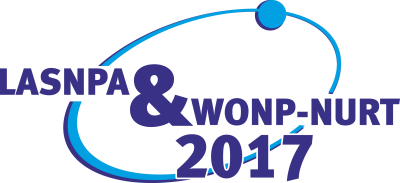Speaker
Description
Nowadays one of the main problems of Physics is not to know the origin and nature of the acceleration of cosmic expansion during the present and future stages in the evolution of the Universe. The research carried out includes the study of a model based on the Higgs field non-minimally coupled to gravity. Cosmological implications of the Higgs field have been studied for some years, and they have taken more importance after the recent discovery of the Higgs Boson in 2012 at the Large Hadrons Collider in Geneva, Switzerland. Using the dynamical systems technique, we study the possibility that the cosmological Higgs field non-minimally coupled to gravity can lead to the current behavior of the universe. We consider a homogeneous and isotropic flat Friedmann-Robertson-Walker (FRW) metric. We prove that there are two possible late time attractors corresponding to stable de Sitter solutions. These two solutions correspond to late-time accelerated expansion.




